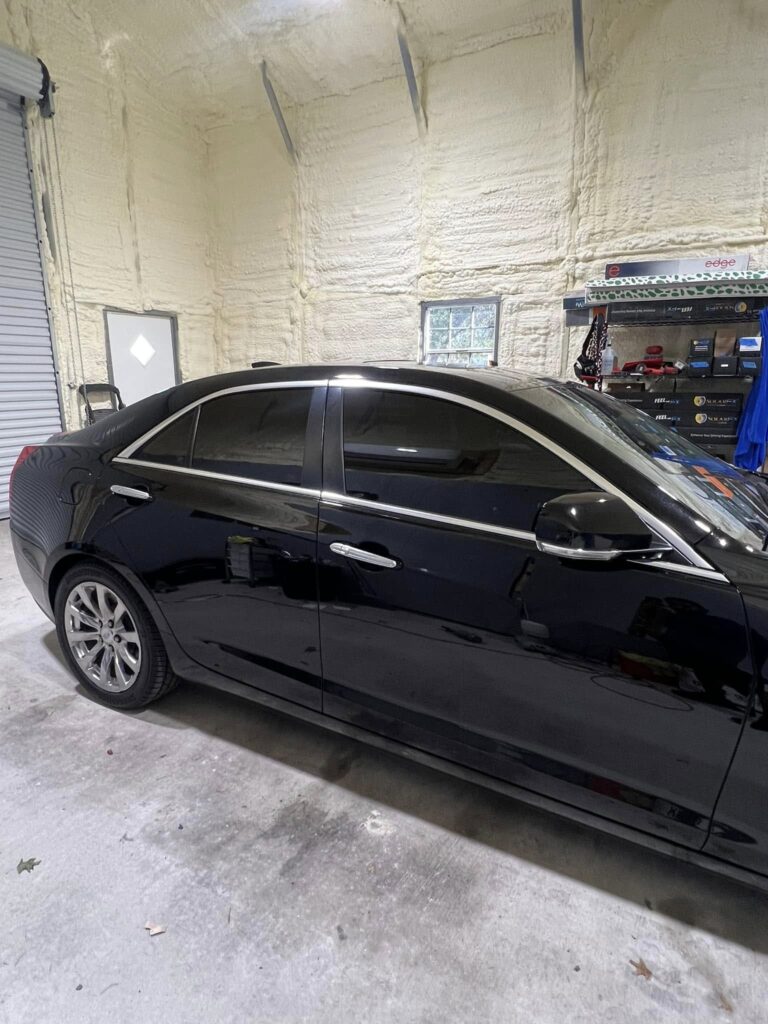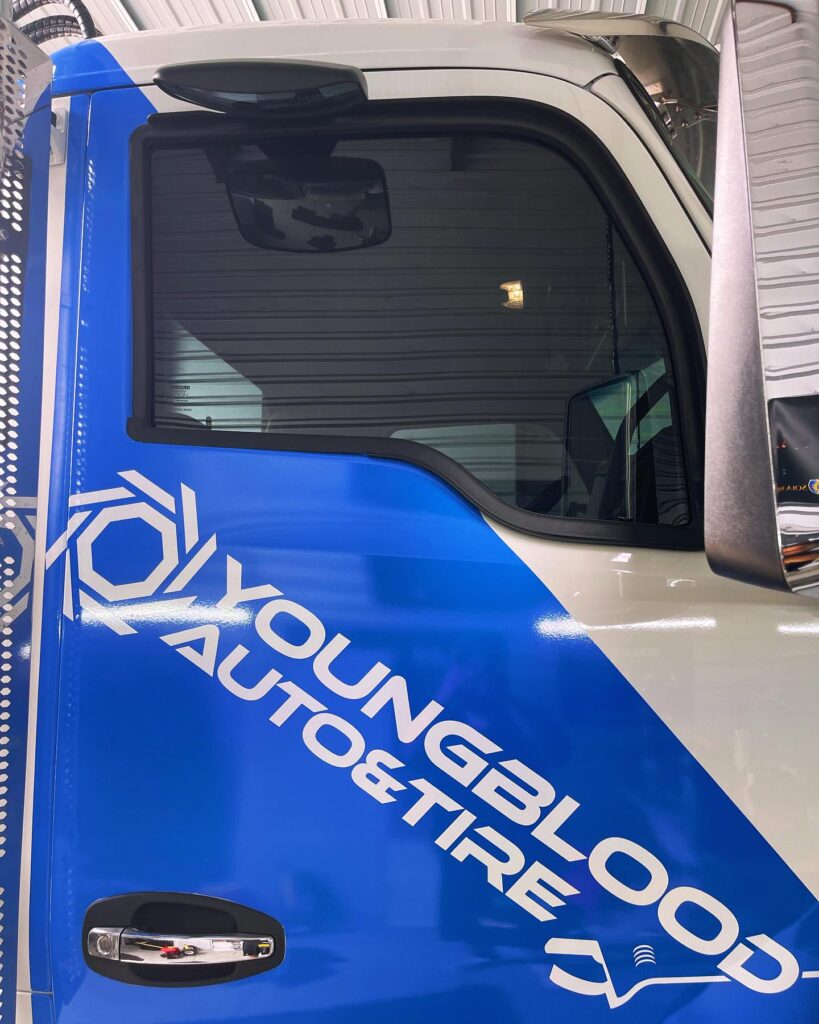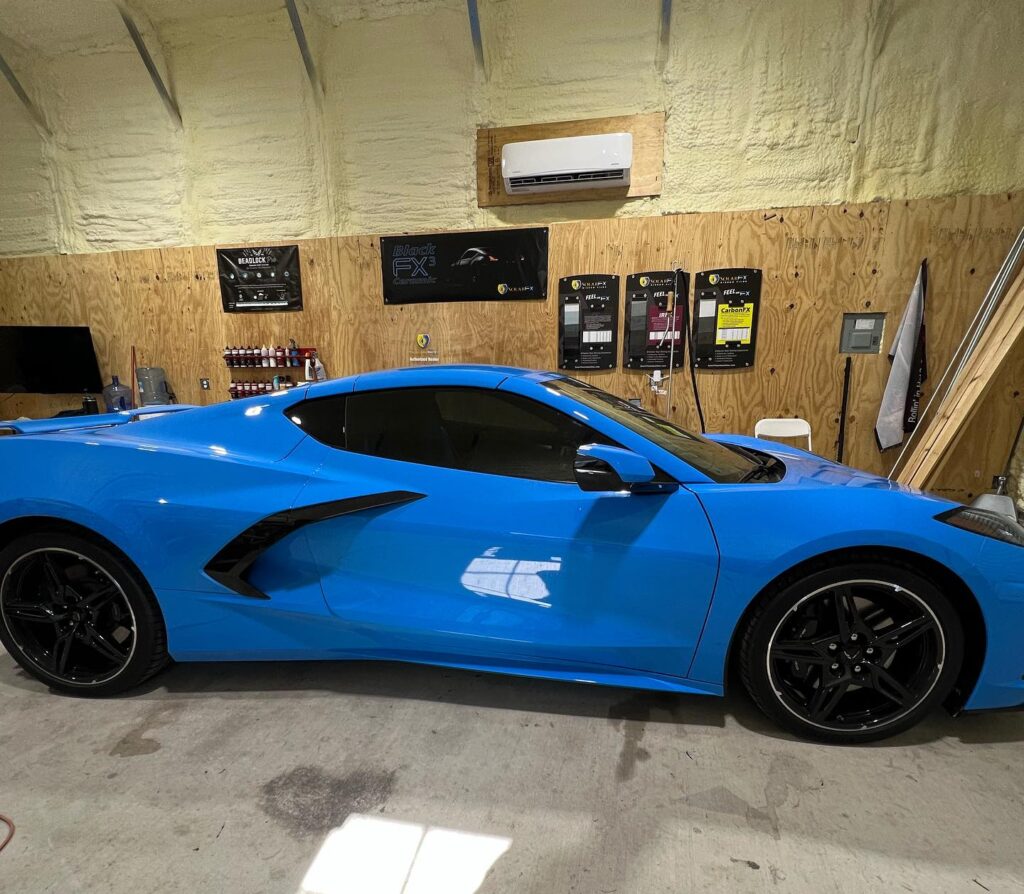Texas, known for its bright sunshine and hot temperatures, leads many drivers to seek window tinting for comfort and style. Tinting offers significant benefits. It reduces heat, provides UV protection, increases privacy, and creates a sleek aesthetic. However, understanding the specifics of Texas window tint laws is crucial. You can then avoid fines and ensure safety. A common question drivers ask is: what is the darkest legal tint in Texas?
Understanding Visible Light Transmission (VLT) is fundamental to answering this question. VLT refers to the percentage of visible light that passes through your car window and the tint film combined. A lower VLT percentage indicates a darker tint. For instance, a 50% VLT tint allows 50% of light through. A 5% VLT tint, often called “limo tint,” allows only 5% of light through, making it much darker. Texas law sets specific VLT limits. These limits vary depending on which window you tint.
To determine the darkest legal tint in Texas for your vehicle, you must review the regulations for each specific window. Texas law distinguishes between the front side windows (driver and front passenger), the back side windows (behind the driver and front passenger), the rear window, and the windshield.

The Texas Transportation Code, specifically Section 547.613, outlines the rules for vehicle window tinting, or “sunscreening devices.” These laws ensure drivers maintain adequate visibility. They also help law enforcement officers see into vehicles for safety reasons. Let’s break down the VLT limits for each window.
This is where the state law is most restrictive regarding darkness. For the windows immediately to the left and right of the driver, the law requires a Visible Light Transmission (VLT) of 25% or more.
What does “25% or more” VLT mean in practical terms? It means that the combination of your factory glass and the aftermarket tint film must allow at least 25% of visible light to pass through. You cannot legally have a tint film on your front side windows that results in a VLT percentage lower than 25%. Therefore, the darkest legal tint in Texas for your driver and front passenger windows is 25% VLT. Any tint darker than 25% VLT on these windows is illegal.
The laws are much more flexible for the windows behind the front seats and the rear window. For the back side windows (those behind the driver and front passenger) and the rear window, Texas law allows any level of darkness.
Yes, you read that correctly. You can legally install a very dark tint, such as 5% VLT (limo tint), on your back side and rear windows in Texas. However, there’s a crucial condition: if you tint your rear window, your vehicle must be equipped with outside mirrors on both the left and right sides that allow you to see at least 200 feet behind your vehicle. Since almost all modern vehicles come standard with dual side mirrors, this condition is usually met, allowing for maximum darkness on these windows.
Tinting the entire windshield is generally prohibited for safety reasons. However, Texas law does permit tinting a portion of the windshield.
You are allowed to apply non-reflective tint on the windshield above the manufacturer’s AS-1 line. The AS-1 line is usually marked on the windshield itself, typically around the top 5-6 inches. If there is no AS-1 line marked on your windshield, the tint strip cannot extend lower than 5 inches from the top of the windshield. The VLT requirement for this windshield strip is also 25% or more, meaning the tint must allow at least 25% of visible light through. Additionally, this windshield tint strip cannot be more than 25% reflective. A clear, un-tinted UV film can be applied to the entire windshield without a medical exemption.
In summary, when determining the darkest legal tint in Texas:

Texas tint laws don’t just regulate how much light passes through; they also regulate how much light is reflected by the tint film. The law states that window tint on any window (front side, back side, or rear) cannot be more than 25% reflective. Highly reflective or mirrored tints are not legal in Texas, even if they meet the VLT requirements.
Furthermore, Texas law prohibits certain tint colors. You cannot use red, amber, or blue colored tints on your vehicle windows. These colors are typically restricted to emergency vehicles and are not allowed for general passenger vehicles.
Adhering to Texas window tint laws is not just about avoiding a ticket; it’s about safety and legality.
Knowing the darkest legal tint in Texas helps ensure your vehicle meets these important requirements.
Once you understand the legal limits, the next step is choosing the right tint film for your needs and preferences. While the darkest legal tint in Texas for the front sides is 25% VLT, you have many options for darker shades on the back and rear windows. Beyond VLT, consider other factors:
Balancing the desire for darkness (especially the darkest legal tint in Texas for the front) with heat rejection, UV protection, and visibility needs is key.
Understanding the laws is one thing, but correctly applying tint film to meet the exact VLT percentages and reflectivity limits requires skill and specialized tools. Factory glass already has a slight tint, which affects the final VLT percentage when combined with the film. Professional installers have the knowledge and equipment (like VLT meters) to measure accurately and apply film that guarantees compliance with Texas law, including the darkest legal tint in Texas for your front windows.
Attempting DIY tinting can easily result in an illegal VLT percentage, bubbling, peeling, or improper placement (like extending too low on the windshield). A professional service ensures a perfect, bubble-free application and guarantees that your tint meets all Texas legal standards, providing peace of mind and a flawless finish. They can also advise you on the best film types to achieve your desired balance of darkness, heat rejection, and UV protection within the legal framework.

Here are some common questions drivers have about the darkest legal tint in Texas:
Understanding the darkest legal tint in Texas is essential for any vehicle owner considering window tinting. While you have freedom to choose very dark tint for your back and rear windows (provided you have dual side mirrors), the front side windows and the approved windshield strip are limited to a minimum of 25% VLT. Adhering to these laws, as well as the reflectivity and color restrictions, ensures you stay compliant, avoid penalties, and maintain safe driving visibility.
For guaranteed compliance and a professional finish, it’s always recommended to have your window tint installed by experienced professionals who are well-versed in Texas state laws. They can help you select the perfect film to meet your needs while ensuring your vehicle’s tint is perfectly legal, including applying the darkest legal tint in Texas where permitted.